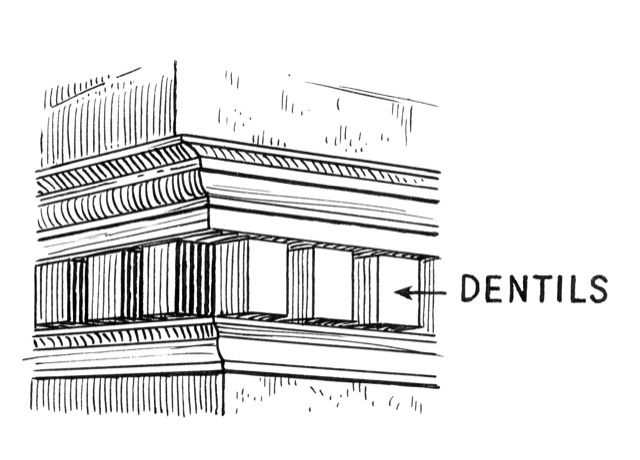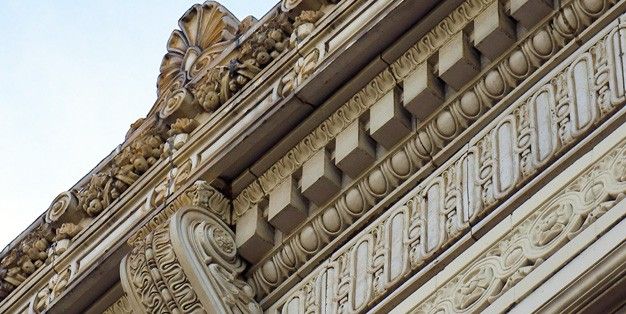There’s been a lot of hullyboo about skeuomorphism in the Mac and iOS community right now. Ever since the debut of iOS, Apple’s software has become increasingly ornamented with unnecessary textures and details that many people consider tacky, such as the fake Corinthian leather in Calendar or the green felt background in Game Center. This style of design is called skeuomorphism, and outed ex-Apple VP Scott Forstall was one of Cupertino’s main proponent for its wide spread use in iOS and OS X.
All signs point to Jonny Ive getting away with a lot of skeuomorphic details in iOS 7, adopting instead a more modern, ‘flat’ design.
The way people talk, though, it’s like skeuomorphism is a unique problem of the digital age. It’s not. In fact, the ancient Greeks had a problem with skeuomorphism too. So before you revile Scott Forstall for using it too much, keep in mind, it’s a design technique as old as civilization.

Today, we think of ancient Greek architecture in terms of marble columns and white temples, but in the earliest days of ancient Greece, buildings were made out of wood instead of marble. That meant ceilings made out of wooden rafters, and the very ends of these rafters would protrude from most buildings.
When the Greeks started building the temples they are known for today, though, they used skeuomorphism to give people a sense of the old and familiar even when looking at this incredible, revolutionary new building technology. Sound familiar?
The most obvious example of ancient Greek skeuomorphism is one particular repeating ornament used by Greeks in the bedmould of their temples’ cornices. When the ancient Greeks started building in stone, they actually continued to carve into their designs a lot of the protruding joints you’d find in wood construction, like where a end of a rafter might “poke” through the other side of an adjacent wall. These were totally non-functional flourishes that were carved into the outside of buildings just to make them look as familiar as wooden buildings, even though they were a completely different technology and form of architecture.
These outcroppings of unnecessary stone are called dentils, and they track back all the way to 500 B.C. The dentil is a major feature in Ionic temple design, and was also employed widely by the Romans (there’s dentils on the Pantheon in Rome) and during the Italian renaissance. Heck, we still use them today, for no reason besides the fact that thousands of years ago, it reminded the Greeks of the way a wood house is “supposed” to look.
So next time you read a story hating on Apple for its penchant for skeuomorphism, maybe try looking at it the other way: Apple’s just being neoclassical.
Via: Design Decoded


